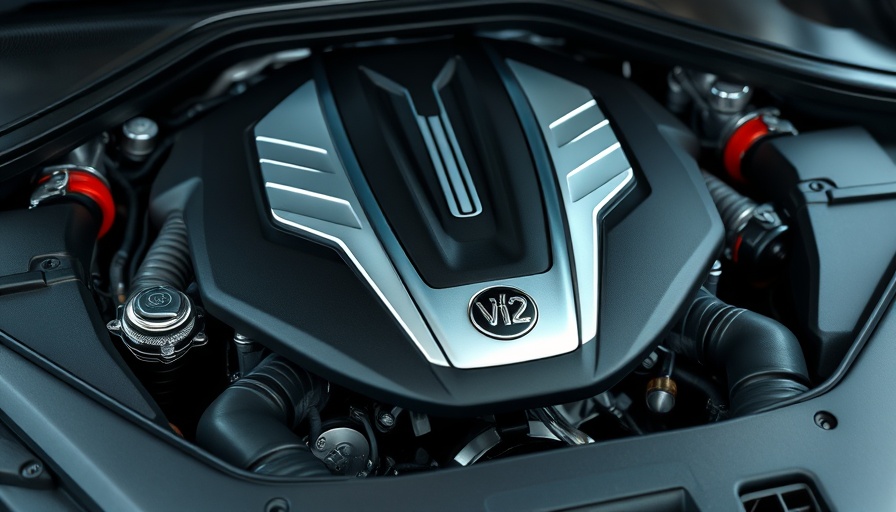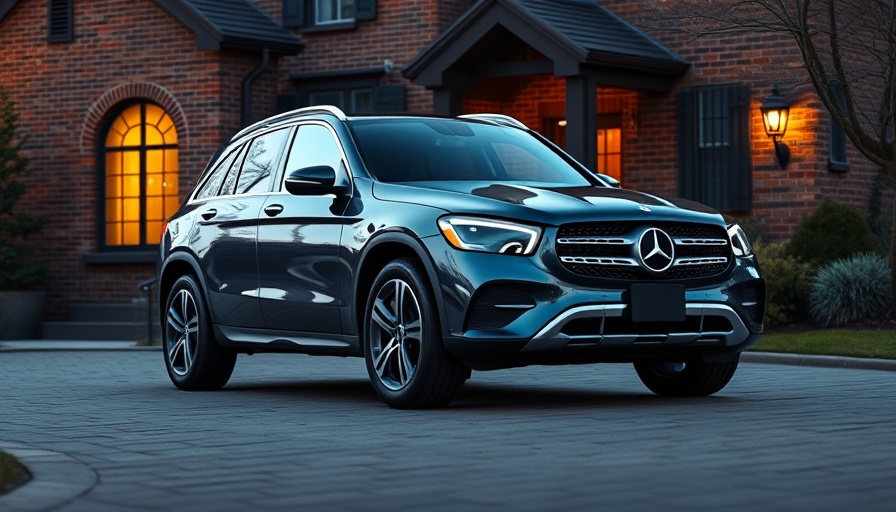
Projected Costs for the 2026 Nissan Lineup
Nissan is gearing up for the 2026 model year and has begun to announce pricing across its extensive vehicle lineup. With automotive prices on the rise, buyers can expect to see an increase in the cost of their favorite models. This year, Nissan is positioning some of its formerly budget-friendly options to higher price points while potentially discontinuing popular models like the Versa and Altima. For auto dealers and manufacturers, this trend suggests a shift that could reshape sales strategies in the upcoming year.
Rising Prices Amidst Industry Adjustments
The starting price for the 2026 Nissan Kicks will be approximately $23,925, a relatively modest increase compared to last year's model. Though priced under $30,000, the subtle increase reflects broader trends in the industry, where operational costs are escalating due to inflation and supply chain issues. This may limit consumer choice, pushing buyers towards entry-level options that remain competitively priced within the segment.
The Popularity of the Nissan Rogue
Moving up the lineup, the 2026 Nissan Rogue now has a starting MSRP of $30,285. Presidenting as Nissan's best-selling model in the U.S., the Rogue continues to draw consumer interest despite its recent price hike, which has jumped from $29,980 in 2025. The introduction of new trim options, such as the Dark Armor variant, expands its appeal but may further complicate pricing strategies for dealerships.
The Impact of Tariffs and Market Changes
The anticipated rise in pricing across the board raises questions about how tariffs and regulations might play a role in future cost structures. As the auto industry continues to navigate economic uncertainties, adjustments in production and supply could lead to fluctuating prices that affect consumers and dealers alike. Keeping abreast of these changes will be crucial for stakeholders committed to optimizing their inventories and strategies moving into 2026.
Conclusion
As we look ahead to the expected pricing for Nissan vehicles in 2026, it is clear that market conditions are shifting. Dealers must adapt to these changes quickly, as the automotive landscape grows more competitive. Awareness of these trends will aid stakeholders in making informed decisions and preparing their sales strategies effectively.
 Add Row
Add Row  Add
Add 




Write A Comment